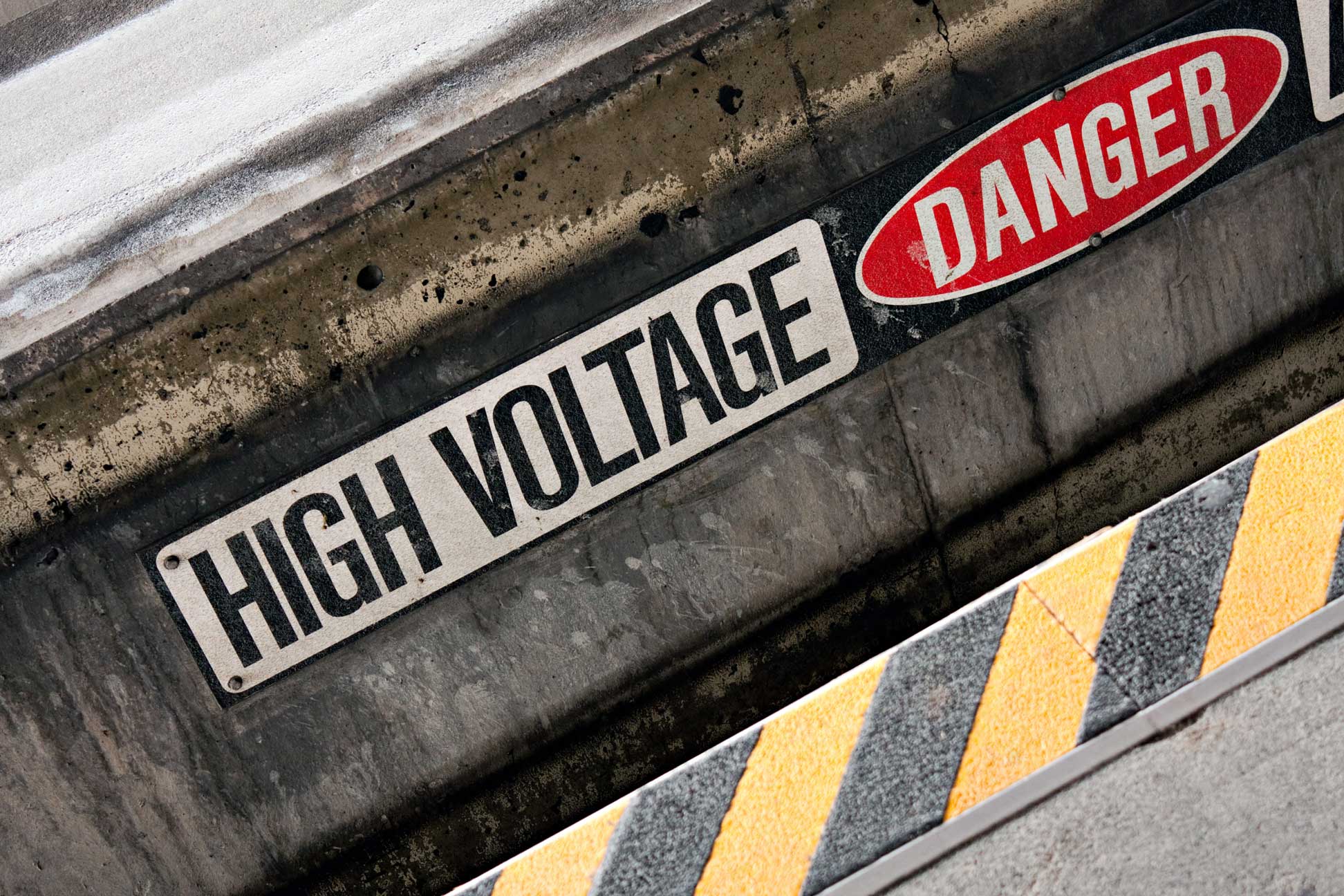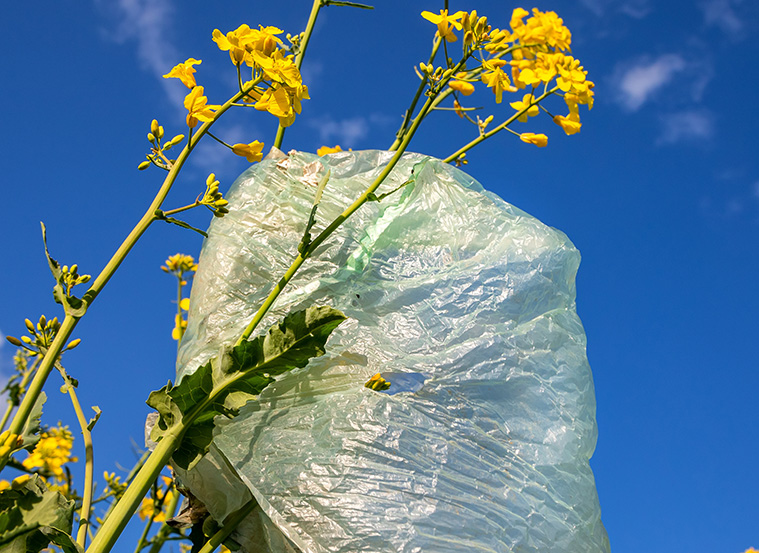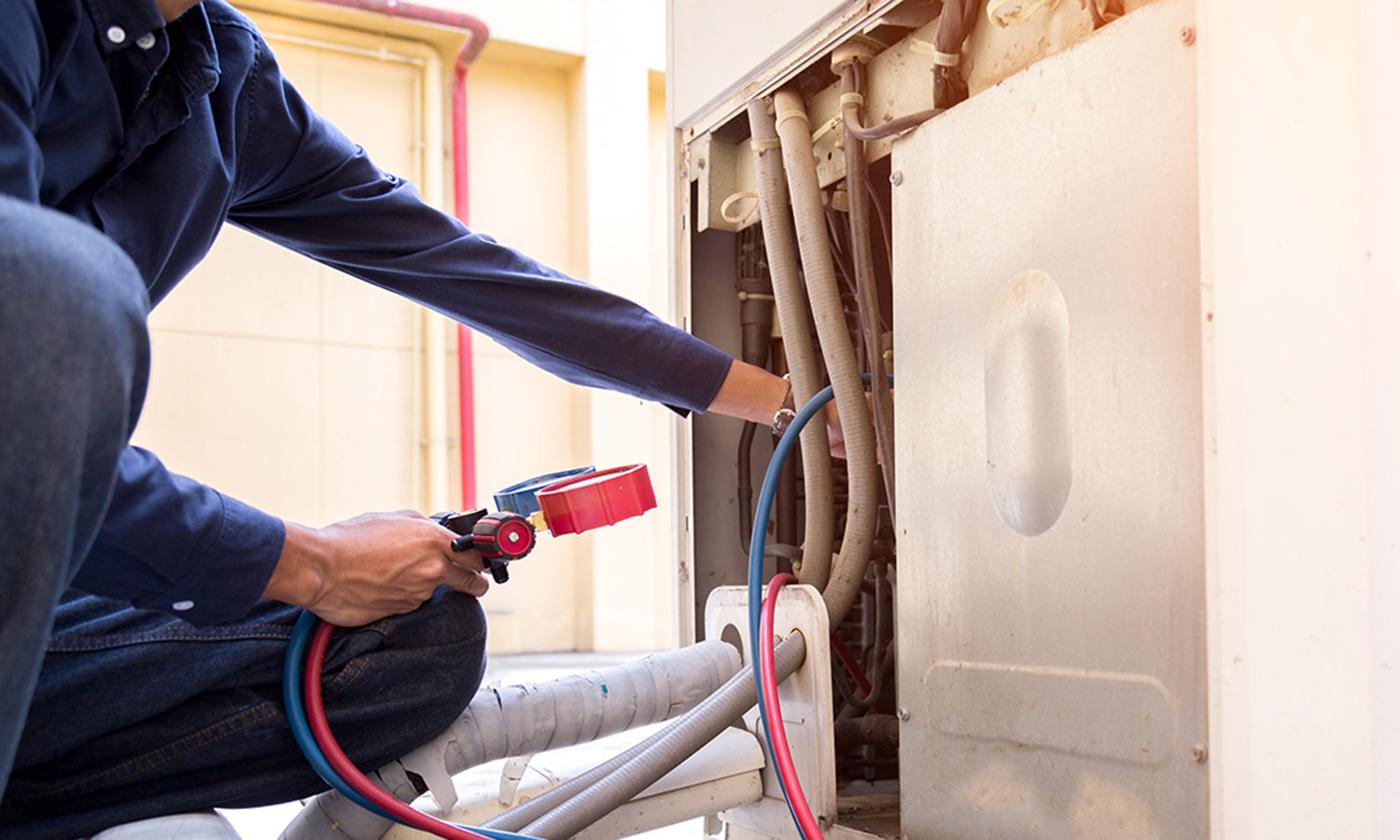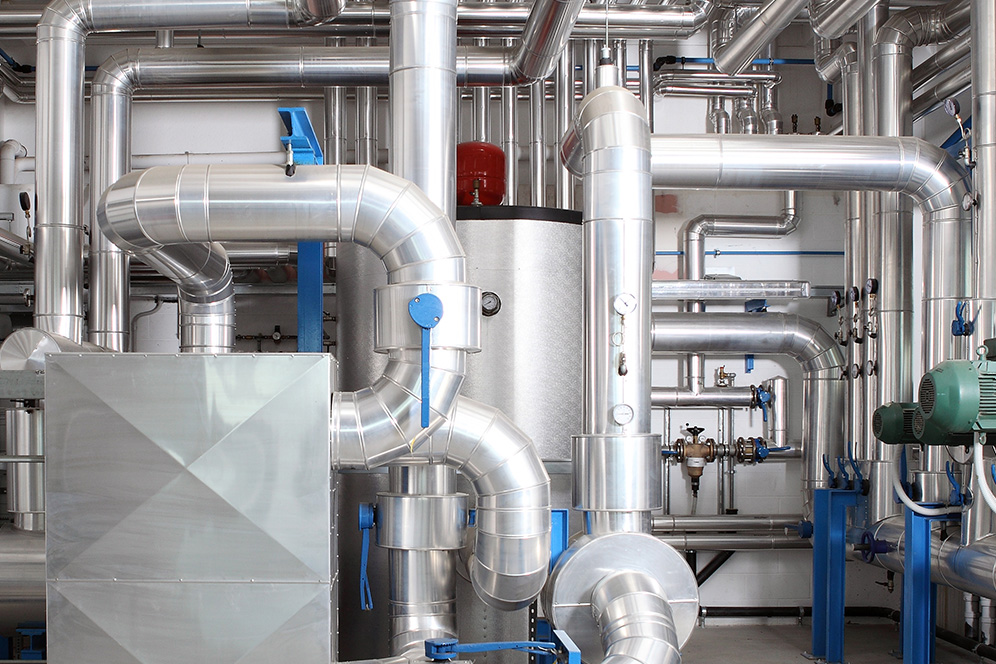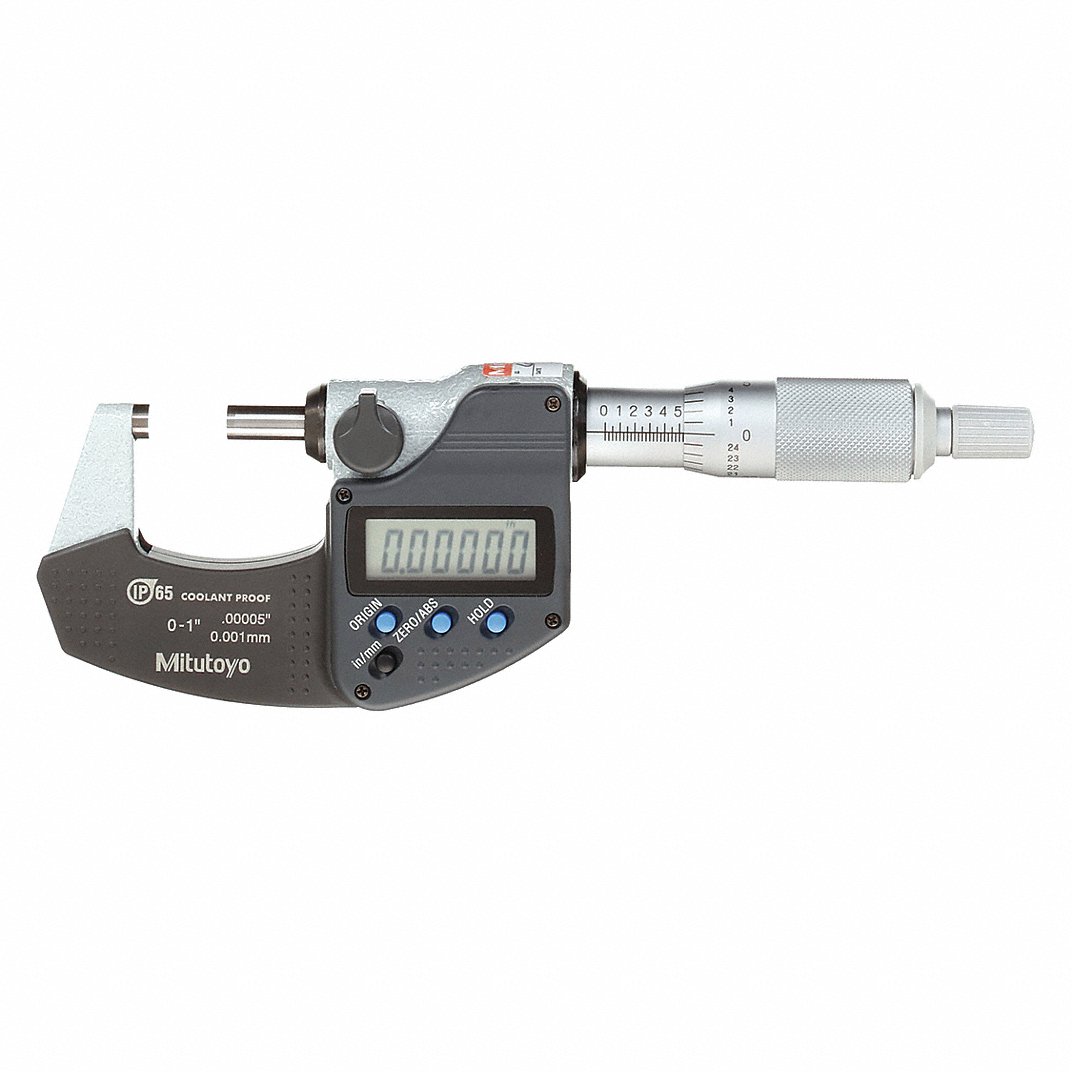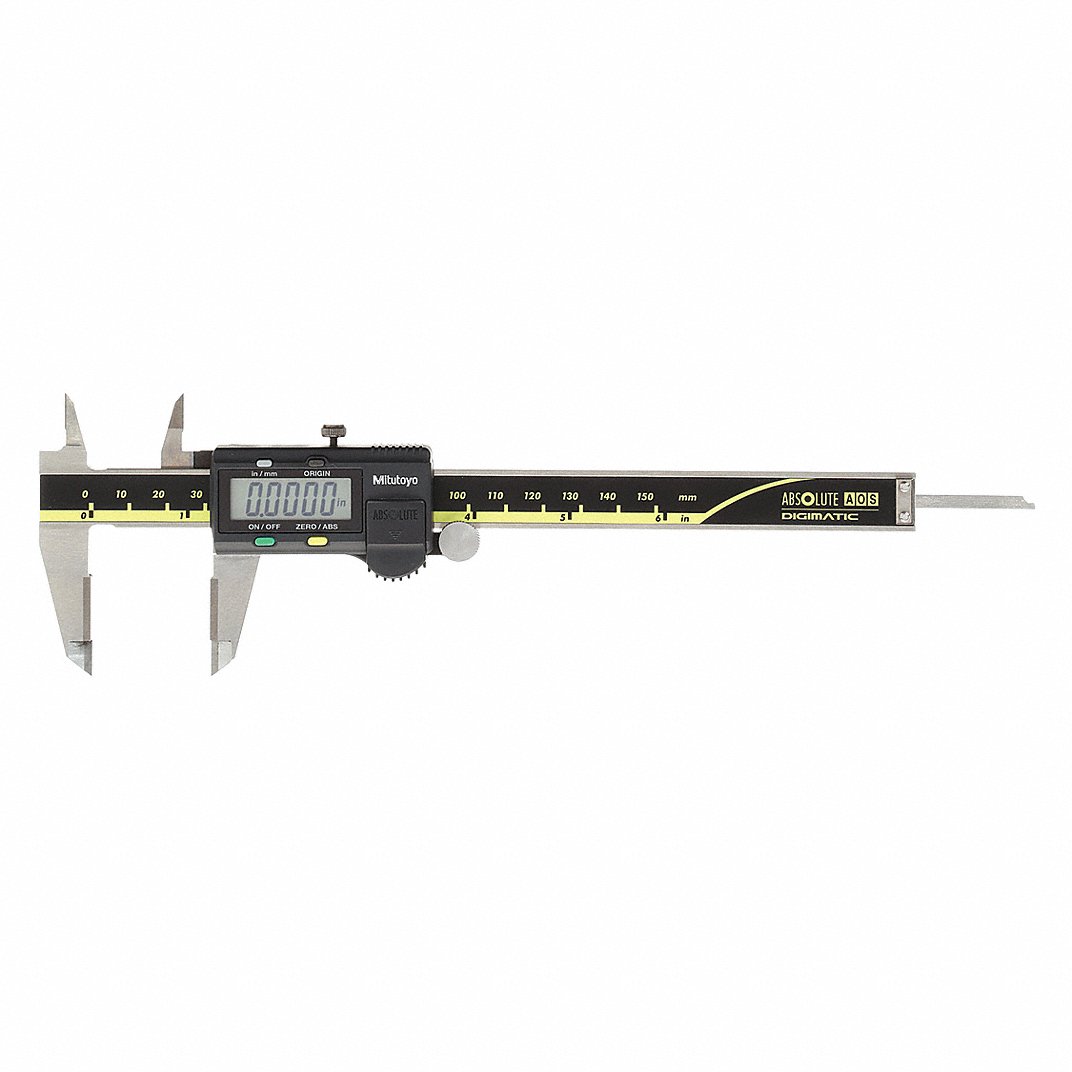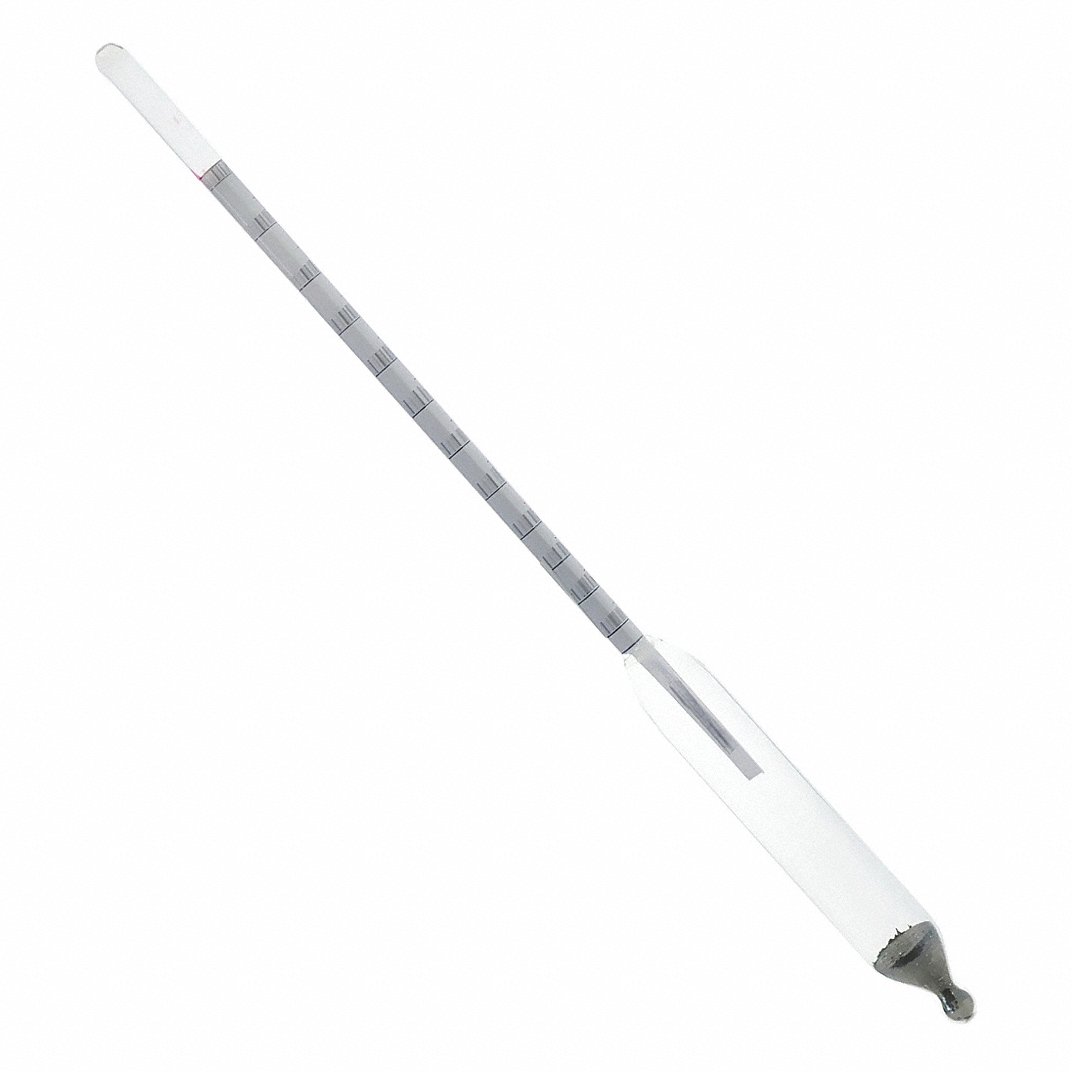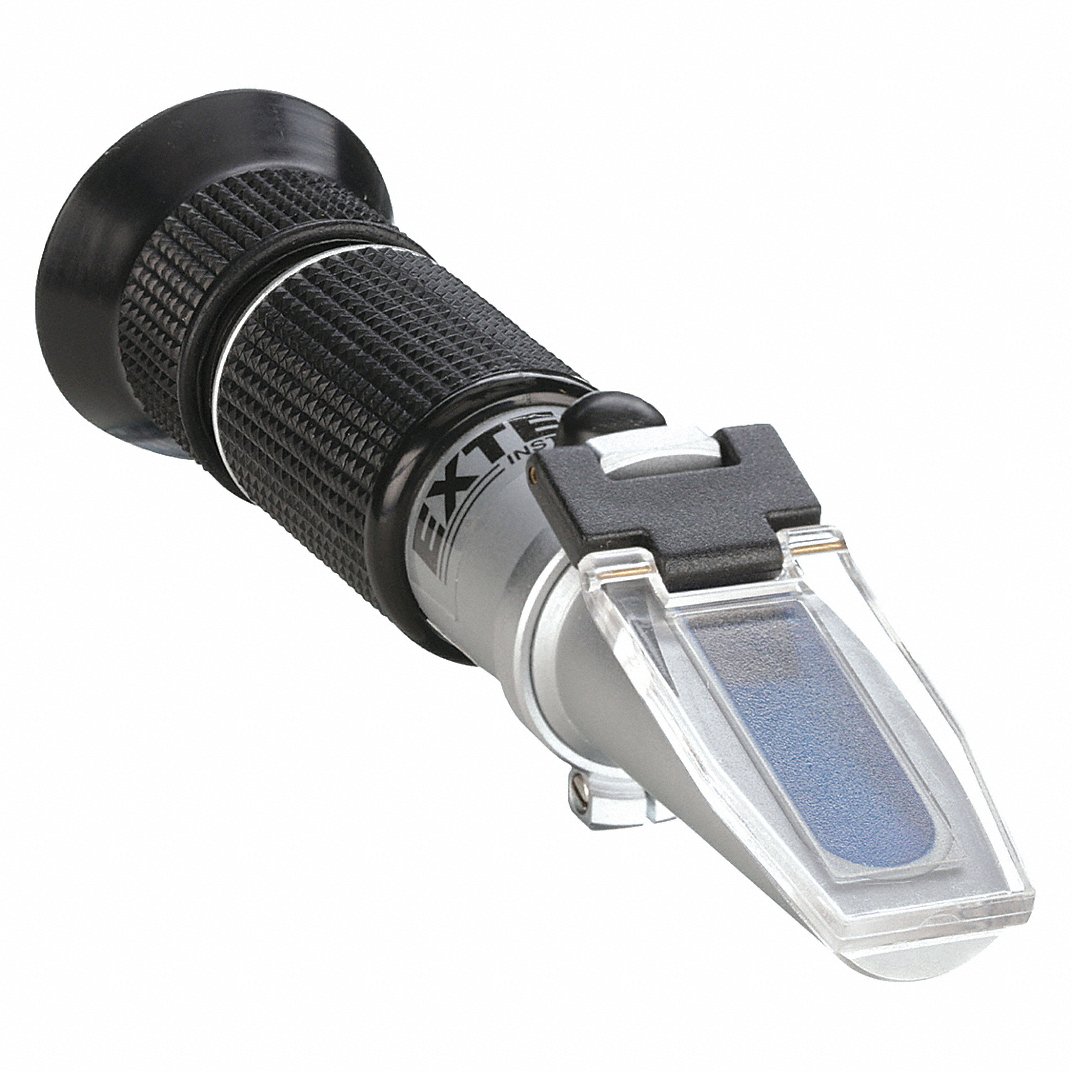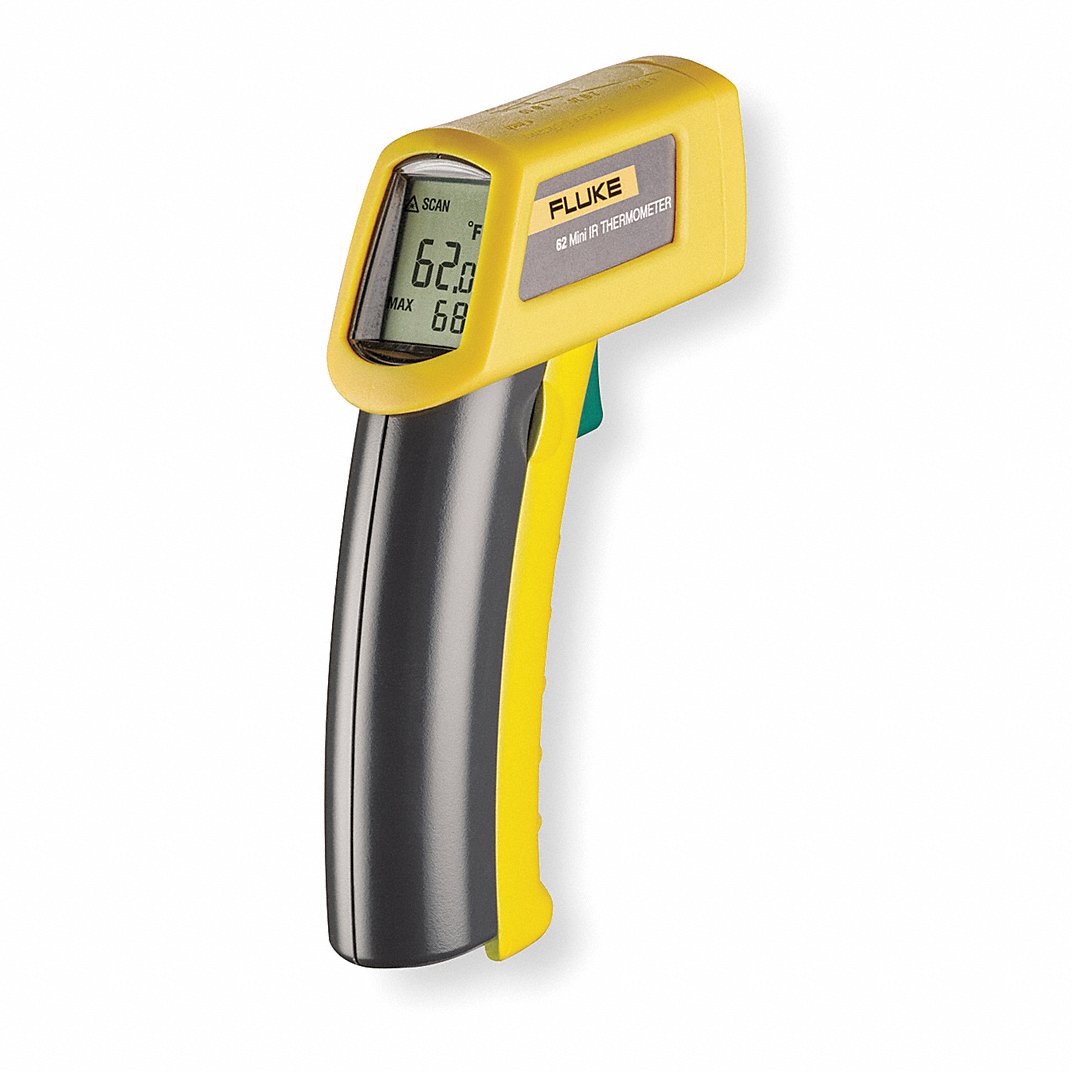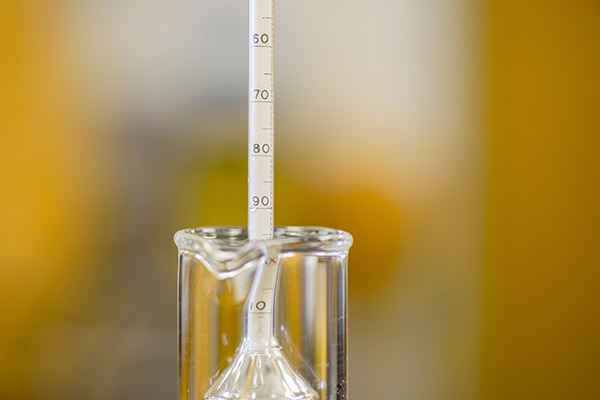

How to Use and Read a Hydrometer
By Grainger Editorial Staff 12/16/22


A hydrometer is an instrument used to determine specific gravity. It operates based on the Archimedes principle that a solid body displaces its own weight within a liquid in which it floats.
Hydrometers can be divided into two general classes: those scaled for liquids heavier than water those and liquids lighter than water. In the standard hydrometer scale, known as the specific gravity scale, distilled water equals 1.000, the initial point of measurement. Liquids lighter than water are scaled below 1.000 specific gravity, and liquids heavier than water are scaled above 1.000 specific gravity.
How Does a Hydrometer Work?
A hydrometer is a thin glass or plastic tube sealed at both ends with a graduated or printed scale calibrated to a specific gravity. One end of the tube is bulb-shaped and weighted with a ballast of either fine lead shot or steel shot. The ballast causes the instrument to float upright in a liquid like a fishing bobber. A second glass or plastic cylinder, commonly known as a hydrometer jar, is filled with the liquid being measured. The hydrometer is then placed in the hydrometer jar containing the sample liquid. The specific gravity of the sample liquid is indicated when the level of the sample liquid in the jar aligns with a point on the hydrometer scale.
Hydrometer Scales
In addition to reading specific gravity values, scales on a hydrometer can be calibrated to Baume, Brix, alcohol, API (American Petroleum Institute Index) and other scales for specific chemicals:
- Brix-scale hydrometers are calibrated to measure percent of pure sucrose (sugar) by weight.
- Baume-scale hydrometers are calibrated to read degrees of Baume, which is a pair of scales: one for liquids heavier than water and one for liquids lighter than water.
- Alcohol-scale hydrometers are used to measure specific gravity of a liquid before and after it ferments. The difference of the two specific gravity readings can be used to determine alcohol percentage by weight
- API-scale hydrometers measure of how light or heavy a petroleum-based liquid is compared to water. It was designed to allow a comparison between densities of petroleum liquids.
- Sodium-chloride-scale hydrometers and salt-brine-scale hydrometers measure the percentage of salt in a solution.
How to Use a Hydrometer
Pour the sample liquid into the hydrometer jar.
Place the hydrometer in the jar and give it a quick twirl to dislodge any air bubbles.
Once the hydrometer has settled, take the reading from the appropriate scale at the lowest level of the liquid's surface. (Most liquids will cling slightly to the sides of the jar, giving their surfaces a slight downward curved called a meniscus.)
Determine the temperature of your sample. If the temperature is different than the solution temperature of the hydrometer, use a temperature correction table from the instrument's manufacturer to adjust the readout. Many hydrometers are calibrated to a solution temperature of 15° C or 60° F.
Improving Accuracy
Accuracy depends on three main factors:
- Cleanliness: The hydrometer, hydrometer jar and the liquid in which the readings are taken should be cleaned properly. The surface of the hydrometer and the stem are especially important so that the liquid can rise uniformly, merging into an almost invisible film on the stem.
- Temperature: The hydrometer and liquid should be the same temperature of the surrounding atmosphere. This will prevent changes in density during the testing.
- Proper immersion: A hydrometer jar should have an inside diameter of approximately one inch (25 mm) greater than the outside diameter of the hydrometer. The jar should also be at least one inch taller than the hydrometer.
Commonly Asked Questions
Q: How do I select the correct hydrometer for my needs?
A: Anyone using a hydrometer needs to have a general idea of the scale they need and the anticipated value on that scale for the process they are doing. Researching the industry norms for the process either online or via industry contacts can help you make the correct selection.
Q: How do I convert degrees Baume (salt scale) to a specific gravity reading?
A: At 60° F, specific gravity can be calculated by using the following formulas:
Liquids lighter than water:
specific gravity = 140 / (degrees Baume + 130)
Liquids heavier than water:
specific gravity = 145 / (145 degrees Baume)
Sources for More Information
Specific Gravity of Common Liquids
HB-Instrument Hydrometer FAQs
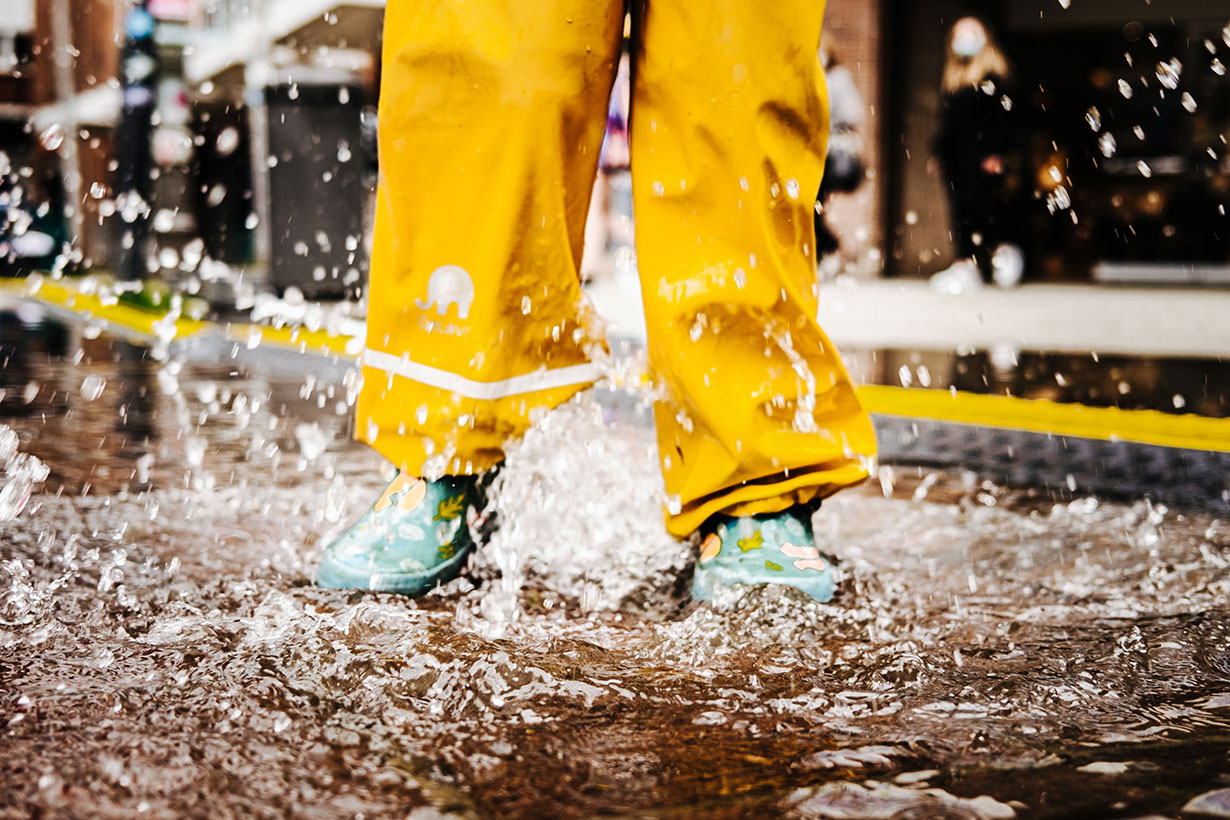
PPE in the Workplace
PPE for Extreme Conditions: Ensuring Comfort and Safety in All Types of Weather
Learn more about the different types of specialized PPE designed to keep workers comfortable and safe in challenging environments.
![]() Our Latest KnowHow
Our Latest KnowHow
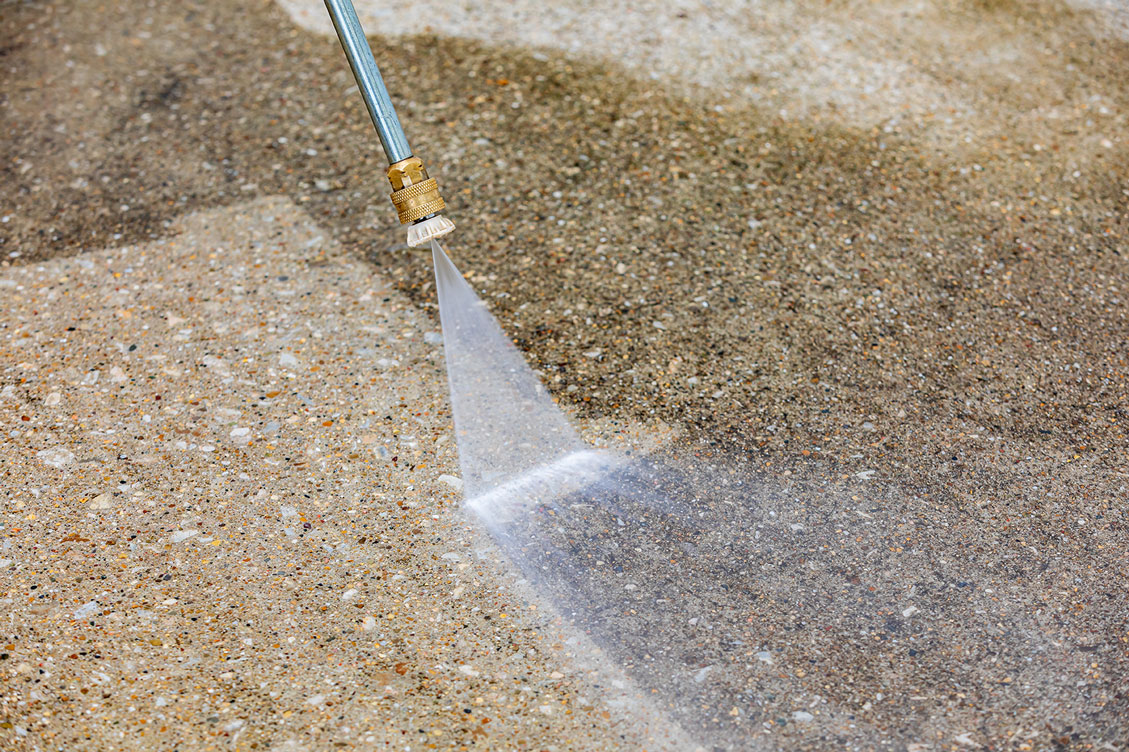
How to Clean and Remove Concrete Stains
Whether cleaning a concrete driveway or tackling stains in a garage, using the right cleaning supplies can help concrete look its best.
The information contained in this article is intended for general information purposes only and is based on information available as of the initial date of publication. No representation is made that the information or references are complete or remain current. This article is not a substitute for review of current applicable government regulations, industry standards, or other standards specific to your business and/or activities and should not be construed as legal advice or opinion. Readers with specific questions should refer to the applicable standards or consult with an attorney.

